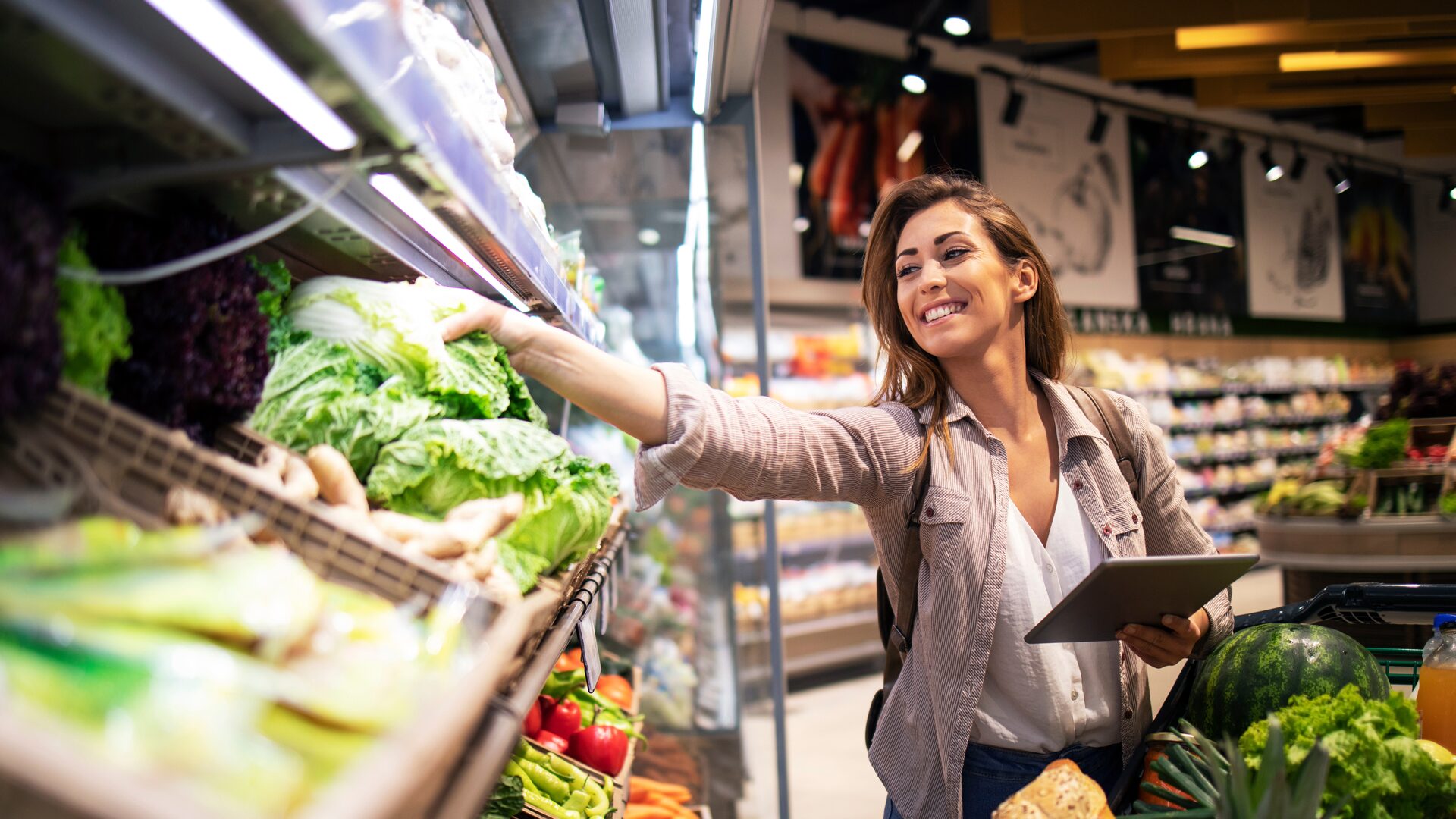For the first time in three years, CPG sales volumes have grown, noted Sally Lyons Wyatt, global EVP & chief advisor of consumer goods and foodservice insights at Circana. This is big news for the food and beverage industry because it indicates growth irrespective of inflation, the historical growth driver of retail gains.
On the foodservice side, however, traffic fell by 1.6% during Q3 – although welcome news for retail, which battles the channel for food dollars, it’s a signal of an overall trend of consumers shifting there out-of-home spend to in-home as the industry embarks on the new year.
Currently, consumers spend $1.2 trillion annually on F&B, 60% of which goes to retail, while the other 40% comes from foodservice, Lyons Wyatt noted.
Lyons Wyatt and Menu Matters VP Mike Kostyo discussed the retail and foodservice landscape today while prognosticating consumer shifts in the year ahead in a recent FI webinar titled “What’s Ahead in 2025?” The duo considered the evolving consumer to identify purchasing drivers, the latest menu and retail trends, and current events are projected to impact F&B.
The New Standard – Market Bifurcation
This year saw a fundamental shift in how consumers shop at retail, consumers splitting their food dollars between value and specialty offerings.
“We’ve seen consumers trade up to premium, or trade down to private brands and shop value, but not to this degree and to this impact on certain categories,” said Lyons Wyatt. “What we are seeing this year is unprecedented.”
This effect has meant that mainstream products are getting squeezed by private label (up 3% YoY), premium (up 2%), and super premium (up 4%). This effect is playing out on a larger stage with value-focused retailers such as mass and club formats outpacing traditional grocery.
These trends, particularly with premium and super-premium growth, are expecting to continue winning in 2025, noted Lyons Wyatt.
Foodservice, A Path Ahead
Kostyo covered the foodservice side, noting that, although restaurants are having trouble competing on price due to inflation affecting inputs such as labor, rent, and ingredients, the segment is still well-equipped to capture growth in 2025.
More than anything, consumers want to go out to eat to have a unique experience: “The 2025 consumer need state is give me something new,” said Kostyo.
A recent Menu Matters report found that 87% of consumers say they are interested in seeing more food trends, and 55% agree food experiences should feature new or unique ingredients or flavors.
Consumers want the restaurants where they dine and the foods and beverages they consume to be an escape. Restaurants should feel empowered to offer a solution to these diners with experiential, specialty offerings. Because consumers value these aspects of eating out, it relieves the burden of having to win on price.
When asked about top attributes that increase the value of a product, consumers responded that quality, health, convenience, and uniqueness were all important considerations, not just price.
To learn more about how retailers, brands, and foodservice is preparing for 2025, click here to watch the webinar on demand.
The Food Institute Podcast
Is it possible to balance a legacy brand and innovative ideas for a food company? Bibie Wu, chief communications and technical development officer with Del Monte, shares how her company respects its past while looking to the future, and how her dual roles in marketing and product development inform each other and improve the company.











